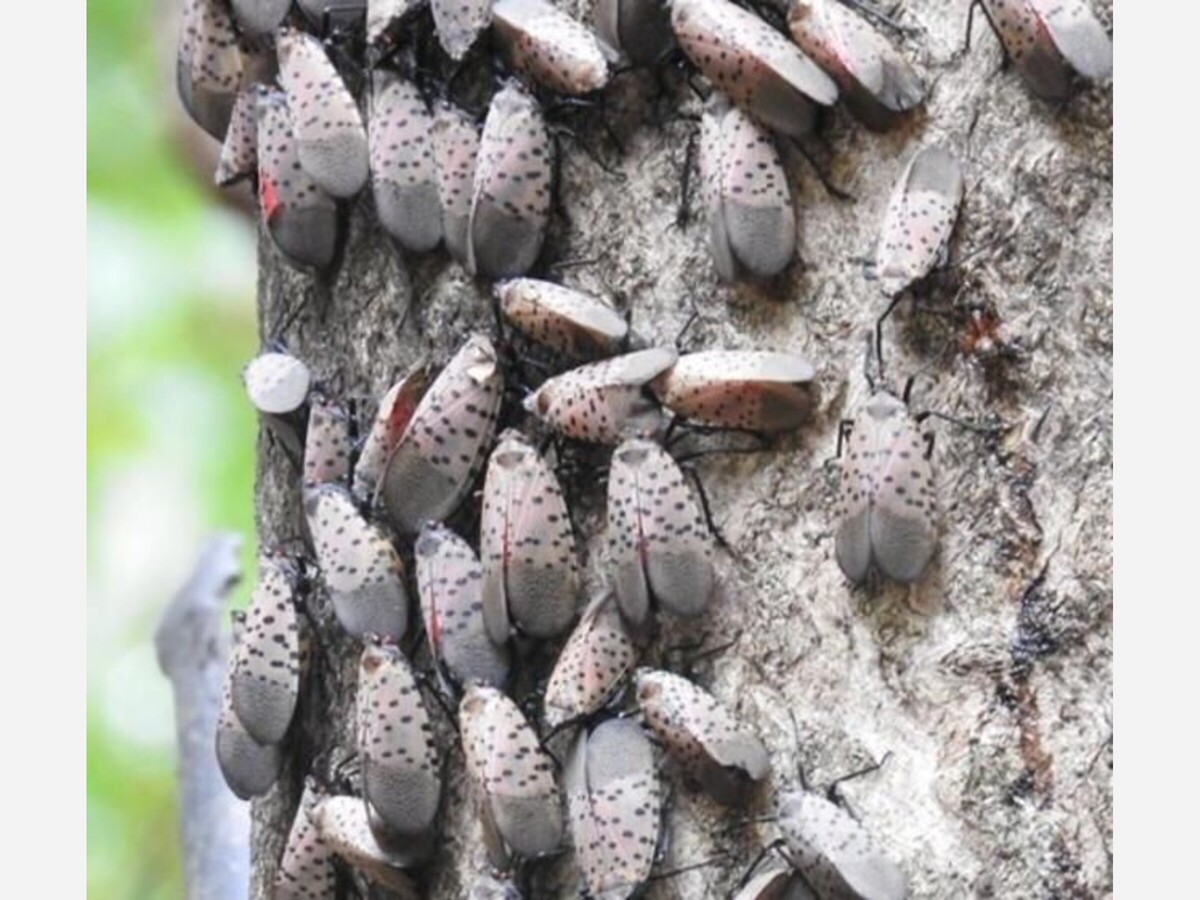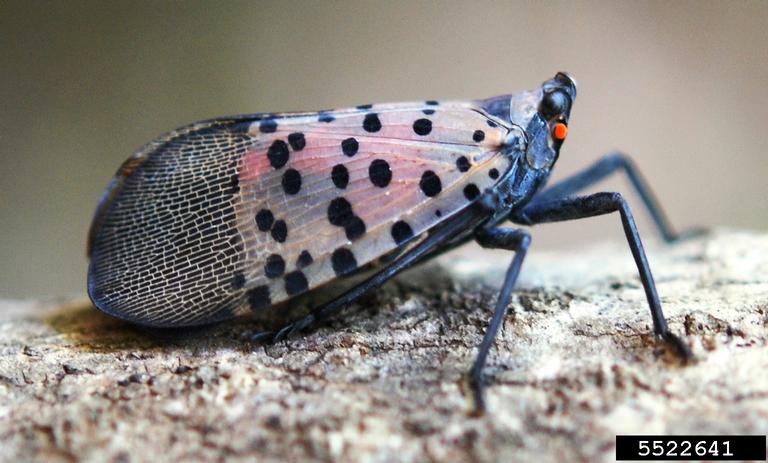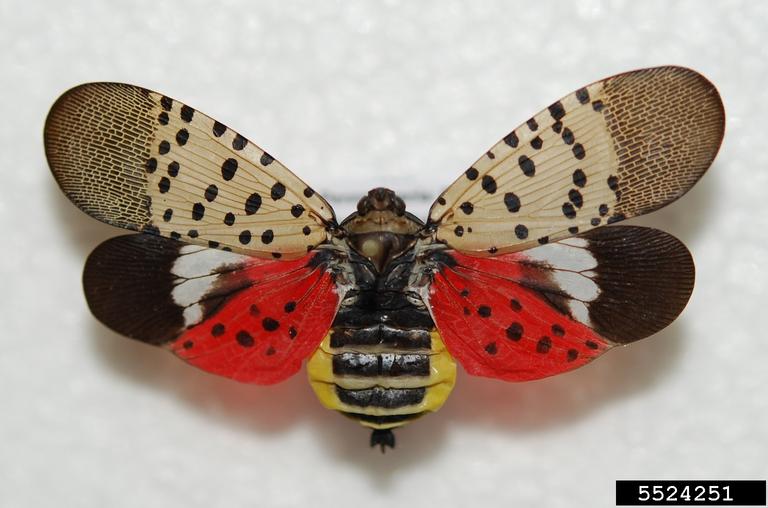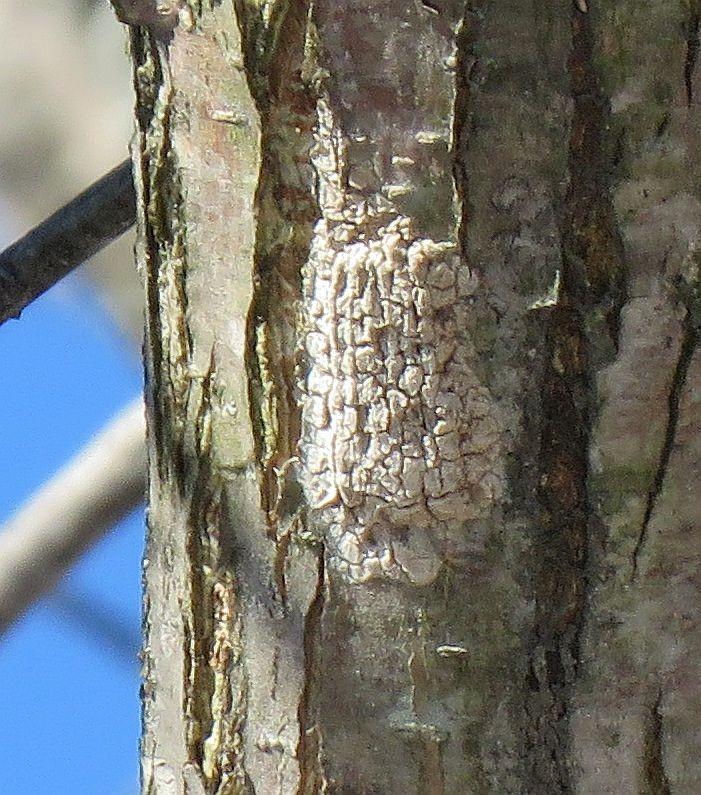Image

Maryland Spotted Lanternfly Quarantine Expands Across State
Maryland has expanded its spotted lanternfly quarantine in every corner of the state.
Allegany, Calvert, Caroline, Prince George’s, Queen Anne’s, Talbot and Wicomico counties on March 6 were swept into the infested zone, which now covers most of the state.
The only counties left outside the quarantine are in the far corners of the state — Garrett in the west, Charles and St. Mary’s in the south, and Dorchester, Somerset and Worcester on the Lower Shore.
Businesses operating in the quarantine must take free training for a permit to run vehicles or transport plant materials, stone and other outdoor items. Residents are encouraged to help contain the spread.
Maryland’s expansion is the latest acknowledgment of the spotted lanternfly’s habitat expansion since 2014, when it was discovered in Berks County, Pennsylvania.
With recent zone updates, all of Delaware and New Jersey, and most of Pennsylvania, are under movement restrictions for the invasive pests.
According to the New York State Integrated Pest Management Program, the lanternfly is also established across Long Island, the Hudson Valley, southern New England, the Shenandoah Valley and scattered areas as far as Winston-Salem and suburban Detroit.
The lanternfly can cause severe damage to grape vines and feeds on the sap of many tree species. It hitchhikes readily on vehicles.
Think you have found spotted lanternfly in Maryland?
Report it online here!
A photograph is required when submitting a sighting report.
Be advised, residents are no longer required to report lanternfly sightingsin Cecil or Harford counties.
Only sighting reports should be entered into the online survey. Management questions and complaints should be directed to dontbug.md@maryland.gov.
The spotted lanternfly (Lycorma delicatula) (SLF) is a planthopper which is native to eastern Asia. It was first detected in Pennsylvania in 2014 and has since been confirmed in Connecticut, Delaware, Indiana, Massachusetts, New Jersey, New York, North Carolina, Ohio, Pennsylvania, Virginia, and West Virginia. It was discovered in Maryland in 2018, in Cecil County. It has spread to Allegany, Anne Arundel, Baltimore, Caroline, Carroll, Frederick, Harford, Howard, Kent, Montgomery, Prince George's, Queen Anne's, Talbot, Wicomico, and Washington counties and Baltimore city.

(Photograph by Lawrence Barringer, PA Dept of Agriculture, Bugwood.org.)
4th instar nymphs can be found starting in June. They molt from the early instars and are distinctive because of their red coloration. (Photograph taken by Alejandro Calixto, NYSIPM.)

Adults are about 2.5 cm (1 inch) in length. The forewings are light brown with black spots. The hind wings are mainly red with black spots. The red color is especially noticeable when the insect flies. Adults can be found as early as July, and they will remain active until the first hard frost of the year, usually in November. The females begin laying eggs in October and conclude their egg laying by the first frost in November. (Photograph by Lawrence Barringer, PA Dept of Agriculture, Bugwood.org.)

SLF females prefer to lay their eggs masses on a host tree, however; they have also been seen depositing eggs on a variety of flat surfaces such as buildings, trailers, fence posts and vehicles. The eggs are laid in groups of approximately 30-50 and then coated with gray wax. When the wax has dried it can look similarly to a splash of mud which can make them difficult to notice. The eggs typically hatch in the spring, usually in the first week of May. (Photograph by Massachusets Department of Agriculture.)
Hosts
Here is a list of some of the host plants on which SLF has commonly been found to feed. Please keep in mind that this is not a complete list because they feed on over 70 plant species. Some plants that are at risk:
grape, black walnut, red maple, silver maple, eastern white pine, weeping willow, black willow, black cherry, sycamore.
Tree of heaven (Ailanthus altissima) is the primary host for SLF. They can be found feeding on tree of heaven at all life stages. More information on tree of heaven can be found here.
Damage
Nymphs and adults feed on plants, using their piercing mouthparts to suck sap from trunks and stems. This has been shown to cause stunted growth, localized damage, and reduced yields.
Additionally, as SLF feeds, it excretes a sugary substance called honeydew. Honeydew is attractive to ants, wasps, and bees. Honeydew can develop an intense, rotten odor as it ferments. It is also readily colonized by black, sooty mold which can cover leaves and inhibit photosynthesis. Sooty mold can also cover manmade structures and can be difficult to remove.
It should be noted that although SLF have been found on crops such as corn, soybeans, and alfalfa, they haven’t been observed feeding on these plants.
Although SLF can be present in large numbers on host plants, SLF are not typically associated with host mortality. SLF is considered a stressor that may contribute to the decline of its host. The exception to this is grapes, which can suffer greatly reduced winter hardiness as a result of SLF feeding. It remains to be seen what effect lanternfly feeding will have on Maryland’s vinyards.
Management
The MD Dept. of Agriculture does not operate a residential spray program. We cannot offer to treat private residences for SLF, except within a narrow range of circumstances. If you qualify for treatment, you may be contacted by an MDA employee.
Marylanders need to realize that SLF is going to remain present in the landscape despite most management efforts. The extent of each property owner's response will need to be measured against how much of a problem the SLF are. The Department of Agriculture cautions all Marylanders to please be judicious in your application of insecticides and to always adhere to the product label.
Additional information on lanternfly management for residents can be found at:
Permitting and Quarantine
The Secretary of Agriculture has issued a quarantine order for 18 Maryland counties. Businesses and institutions are required to be permitted if they move regulated articles from or within the quarantined area. Permitting is free and only needs to be undertaken by a single representative. That person can then train others on the identification and proper management of spotted lanternfly. Permits from other states are entirely reciprocal within Maryland. Be prepared to present your permit if questioned by an MDA inspector.
Persons found to be in violation of the Secretary’s quarantine order are liable for a civil penalty per each violation.
The list of regulated articles, the definition of persons required to obtain permits, as well as the parameters of the civil penalty can be found in the text of the Secretary of Agriculture’s quarantine order, here.
Residents should utilize the checklist for homeowners. Thoroughly inspect all items presented on this list for any type of spotted lanternfly life stage. Destroy all lanternfly that you discover. This will help slow the spread of the insects to new areas.